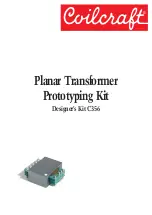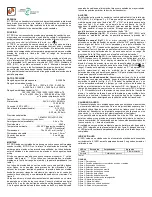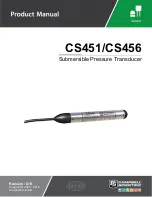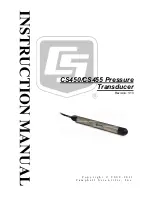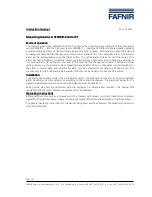
8
Familiarize yourself with each of the parts in the kit and determine the correct
combination of parts needed to build your prototype. Before beginning the as-
sembly take note of the pin connections for each layer of all the boards you
plan to use.
Each Primary Board winding connects to pins 2 and 3. An inverted primary
board connects to pins 4 and 3.
Secondary Stamp 1 connects to pins 7 and 8. An inverted Stamp 1 connects
to pins 8 and 9. Secondary Stamp 2 connects to pins 9 and 10. An inverted
Stamp 2 connects to pins 6 and 7.
Each Auxiliary Board connects to pins 1 and 5.
A typical schematic showing pin connections is shown in Figure 2. A typical
dimensional drawing and recommended land pattern is show in Figure 3.
9
2
3
Pri
Aux
7
4
1
5
8
Sec
Figure 2. Typical Schematic
Land pattern shown is for all pins being used. If pins are not
used in the transformer, omit pads from the pattern.
0.800
20,32
Recommended
Land Pattern
0.125
3,18
0.095
2,41
0.095
2,41
Ø
0.110
2,79
Ø
0.080
2,03
2
1
3
10
6
7
8
9
4
5
0.360
9,14
max
0.810
20,57
max
0.920
23,37
max
0.006 /0,15
2
1
3
4
5
6
8
9
7
10
Dot indicates pin 1
Figure 3. Typical Dimensional Drawing
Note:
By using stamps as the primary
and primary boards as the sec-
ondary, a step-up transformer,
up to 1
:
12 turns ratio, can be
created.
Doc355.pmd
5/19/2008, 3:58 PM
8

